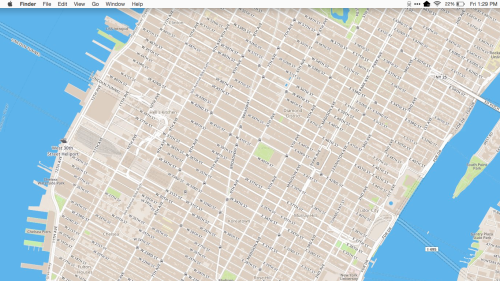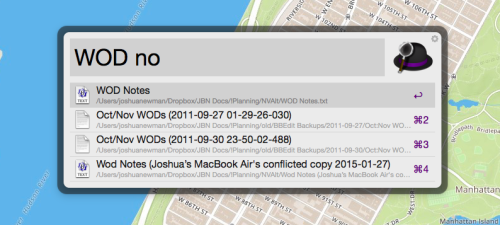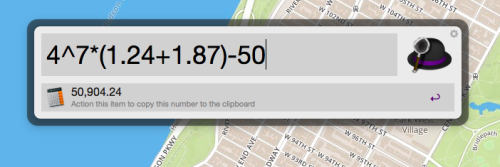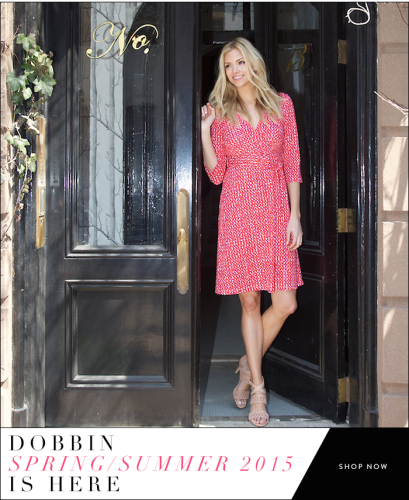Supple
I’m a big fan of the Mobility WOD, Kelly Starrett’s smart and innovative approach to mobility, recovery and maximizing athletic performance.
Kelly kicked off the MWOD back in 2010, posting more than a year of short daily YouTube videos, each prescribing ten minutes of exercises to do that day. Whether stretches, rolling on lacrosse balls, or repositioning joints using plyo-bands, the stuff didn’t look like anything I’d seen, and it worked.
Using his material at the start of CrossFit classes, we managed to get people with tight shoulders into overhead or front rack positions they’d never achieved, managed to get tight-hipped folks squatting to full depth. And following Kelly’s advice myself helped me quickly rehab both a minor meniscus tear in one knee (athletic injury), and a broken bone in the other (subway accident injury).
Still, I always had difficulty recommending the MWOD, or Kelly’s subsequent book, Becoming a Supple Leopard, as a resource to people without a substantial kinesiology background. Kelly provided a lot of tools, and a lot of high level theory, but rarely straightforward solutions: ‘in case of problem x, do y and z.’
That’s why I’m particularly happy to see his newly-released Becoming a Supple Leopard 2.0. It completely reorganizes the content from his prior book around seven archetypal positions as the goals for good mobility, and lays out clear pathways towards achieving those goals, as well as clear options for addressing pain or injury at a given muscle or joint.
Alongside the release, he’s also put out a ’14 Day Mobility Challenge’, with two days of prescription each for the seven archetypes. If you’re a CrossFitter, an athlete in general, or just want to move better, check it out. In fact, you could probably get several months of progress just by repeating that two week cycle a few times through.
Thereafter, get the book. It’s a great resource, and an even more accessible one in version 2.0.





